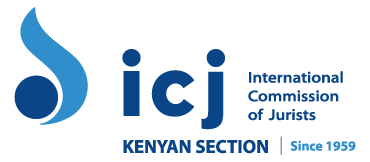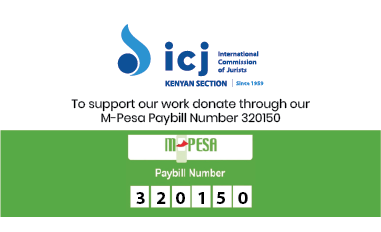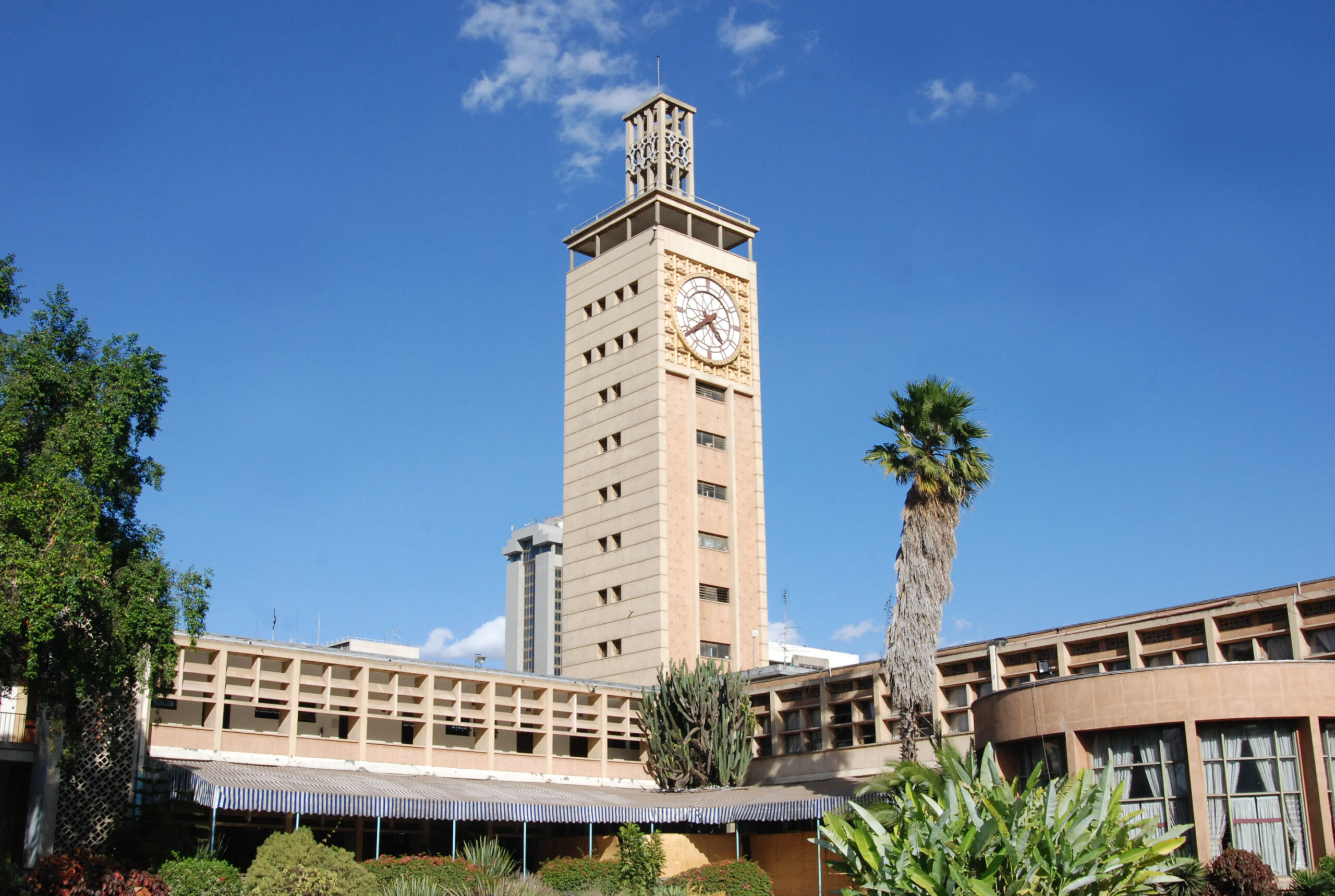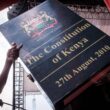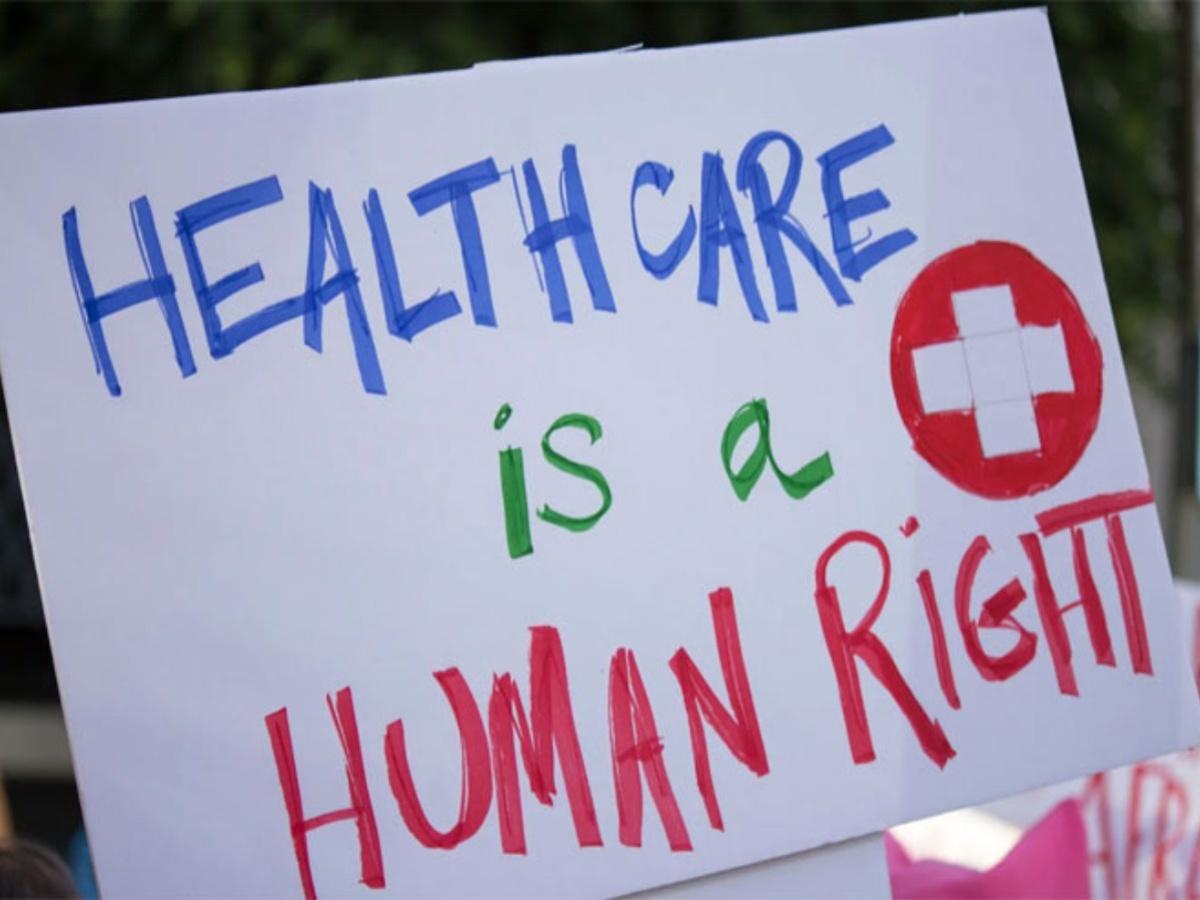NAIROBI,Kenya – The Constitution guarantees every person the right to the highest attainable standard of health, including reproductive health care. A critical element of this right is that all health services, goods and facilities must be available, accessible, acceptable and of good quality and provided to all without discrimination.
However, according to the National Policy on Gender and Development 2019, inequality, inaccessibility, unacceptability, and unaffordability of quality health services are the main barriers to the achievement of the highest attainable standard of health for women in Kenya.
The country’s healthcare system continues to grapple with the issue of gender inequality, which disproportionately affects women. Women still bear the biggest brunt of the disease burden. For instance, the policy reads, “Women are still burdened with preventable diseases, such as HIV and AIDS, Malaria and Tuberculosis (TB).
Outdated cultural practices, such as ‘wife inheritance’, exacerbate the spread of HIV and AIDS. Expectant mothers are prone to malaria due to poverty and limited access to sleeping nets. Women have borne the greatest brunt of TB infections, and maternal mortality is still high.”
According to WHO, the majority of maternal deaths result from factors directly linked to pregnancy and childbirth, including unsafe abortions and obstetric complications such as severe bleeding, infections, hypertensive disorders and obstructed labour.
Additionally, other contributing causes included malaria, diabetes, hepatitis and anaemia, which can be exacerbated by pregnancy.
A recent review conducted by ICJ Kenya on existing legal and policy frameworks related to the right to health reveals that both overt and covert discriminatory practices persist within the health system, impeding women’s access to and full enjoyment of their right to health.
These discriminatory manifestations stem from various factors, including limited access to education, economic barriers, prohibitive healthcare costs, a weak public health system, geographical barriers and the absence of a comprehensive social health insurance scheme.
Consequently, women experience subpar health outcomes and diminished quality of life because their specific healthcare needs often go unrecognized, leading to inadequate funding for services and programmes tailored to their well-being.
Healthcare services in numerous facilities often fail to address women’s unique needs and preferences adequately. Gender-based discrimination, which disproportionately affects women, significantly hinders their access to comprehensive healthcare.
This discrimination extends to critical areas such as sexual and reproductive health rights, encompassing safe motherhood, newborn care, abortion services, family planning, prevention and management of sexually transmitted infections (including HIV and AIDS), infertility care and reproductive system cancer prevention and management.
Unfortunately, women still have insufficient information, education and awareness of the right to health, which significantly impedes their ability to utilize available healthcare services, assert their health rights and hold duty-bearers accountable.
To realize women’s right to health, the national and county governments need to systematically integrate human rights-based and gender-transformative approaches to developing and implementing health sector laws, policies and strategies to reduce gender and social inequities in health.
Gender-inclusive healthcare is crucial to reducing inequalities in women’s access to healthcare. It ensures accessible healthcare to all without discrimination and acknowledges the unique health needs of different genders.
Christine Akinyi is an Advocate of the High Court and a Programme Officer at ICJ Kenya.
